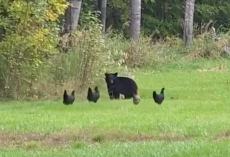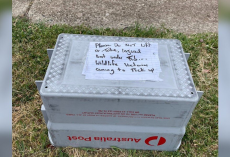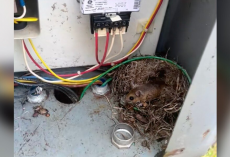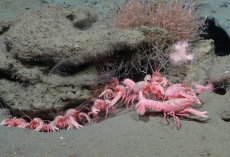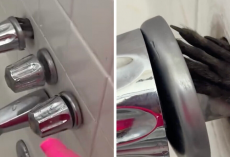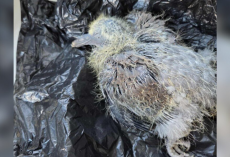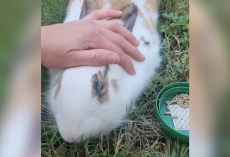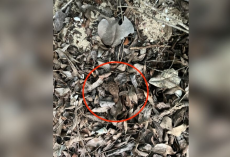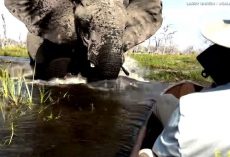In the Pilliga State Conservation Area of New South Wales, history is quietly being rewritten. Thanks to the Australian Wildlife Conservancy’s (AWC) mammal reintroduction program, species once thought lost to the region are returning — and thriving.
Two years ago, in partnership with the New South Wales National Parks and Wildlife Service (NPWS), AWC released 60 endangered Shark Bay bandicoots into the park. These small, nocturnal marsupials hadn’t been seen in the area for more than 150 years, and researchers were hopeful they could make a comeback in the protected landscape.
Recently, that hope paid off in the most heartwarming way. While scanning through thousands of motion-sensor camera images, researchers discovered a remarkable sight: a mother bandicoot with three tiny babies in tow, hurrying across the forest floor.
“It definitely made our day,” said AWC field ecologist Maisie Duffin in a press release.

Shark Bay bandicoots — also called western barred bandicoots or marls — are the smallest of all bandicoot species. Known for their unique galloping stride, they forage with their long noses, digging up roots, insects and small vertebrates. This digging isn’t just for survival — it plays a vital ecological role by recycling nutrients, breaking down leaf litter and enriching the soil.

Once abundant in northwestern New South Wales, Shark Bay bandicoots vanished after introduced predators and habitat loss decimated their populations. For over a century, they existed only in distant memories and scientific records. Now, the “family portrait” captured on camera is a powerful sign that they’re not just surviving — they’re reproducing.
“The bandicoot family portrait is one of many signs that the population is experiencing a smooth transition to its new home,” AWC wrote.

Ecologists will continue to track the bandicoots, monitoring their numbers and movements over the next several years. The goal is a thriving, self-sustaining population that will once again become a natural part of the landscape.

“Having been involved in the initial reintroduction of Shark Bay bandicoot to the Pilliga, it is exciting to see them now breeding,” said David Kelly, NPWS threatened species manager. “It’s a promising sign that they are well on their way to establishing a viable, self-sustaining population.”
For the researchers, the sight of a mother and her young represents more than scientific progress — it’s proof that conservation efforts can reverse centuries of loss.
To help protect Shark Bay bandicoots and other endangered wildlife, you can donate to the Australian Wildlife Conservancy.



